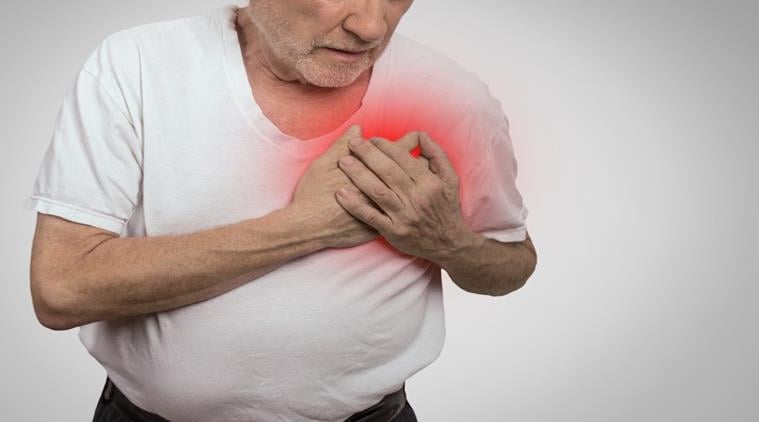Understanding Heart Disease in Seniors: Symptoms and Treatment
Heart disease remains the leading cause of death among seniors in the United States.
As people age, the risk of developing heart-related conditions increases due to changes in blood vessels, heart muscles, and lifestyle factors.
Recognizing early symptoms and seeking proper care can significantly improve quality of life and health outcomes.
Understanding the signs, available treatments, and prevention methods is crucial for seniors and their caregivers.
Staying informed can lead to early intervention and better management of heart health well into the golden years.
Common Symptoms of Heart Disease in Seniors

-
Chest Pain or Discomfort
One of the most recognizable signs of heart disease, chest pain often feels like pressure, squeezing, or fullness in the chest.
Seniors should never ignore chest discomfort, even if it seems mild. -
Shortness of Breath
Difficulty breathing, especially during physical activity or while lying flat, can indicate heart problems such as heart failure or coronary artery disease.
-
Fatigue and Weakness
Persistent tiredness and weakness that interfere with daily activities could be a warning sign of a weakening heart struggling to pump blood efficiently.
-
Swelling in the Legs, Ankles, or Feet
Heart failure can cause fluid buildup, leading to noticeable swelling in the lower extremities.
This symptom should prompt medical evaluation. -
Irregular Heartbeat
Arrhythmias, or irregular heart rhythms, may cause the sensation of a racing, fluttering, or skipped heartbeat and should be assessed by a healthcare provider.
Available Treatments for Seniors with Heart Disease
-
Lifestyle Changes
Adopting a heart-healthy lifestyle with a balanced diet, regular exercise, and smoking cessation is fundamental in managing heart disease and improving outcomes.
-
Medications
Doctors often prescribe medications to control blood pressure, cholesterol, and heart rhythms, helping reduce the risk of further complications.
-
Medical Procedures and Surgeries
Procedures such as angioplasty, stenting, or bypass surgery may be necessary to restore proper blood flow to the heart muscle.
-
Cardiac Rehabilitation
Structured rehabilitation programs provide supervised exercise, education, and counseling to help seniors recover and prevent future heart issues.
-
Ongoing Monitoring
Regular follow-ups and monitoring are essential to manage heart disease effectively, adjust treatments as needed, and detect any changes early.
